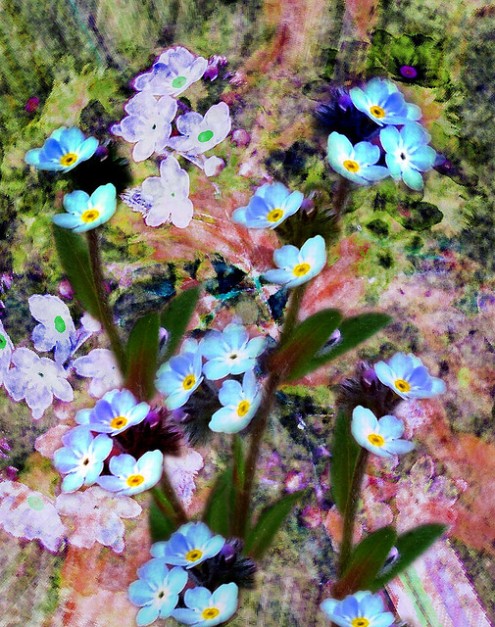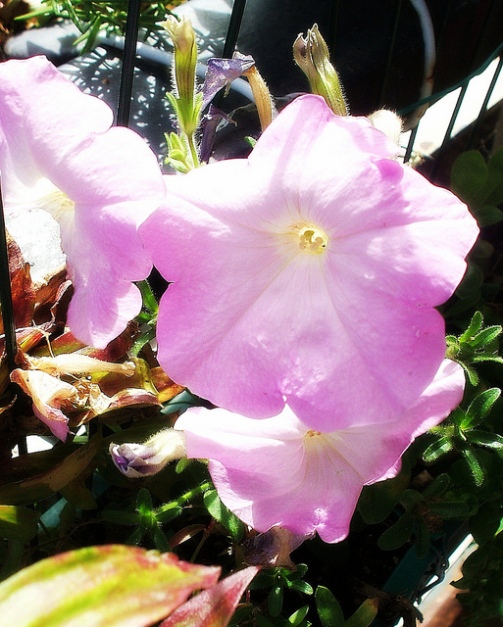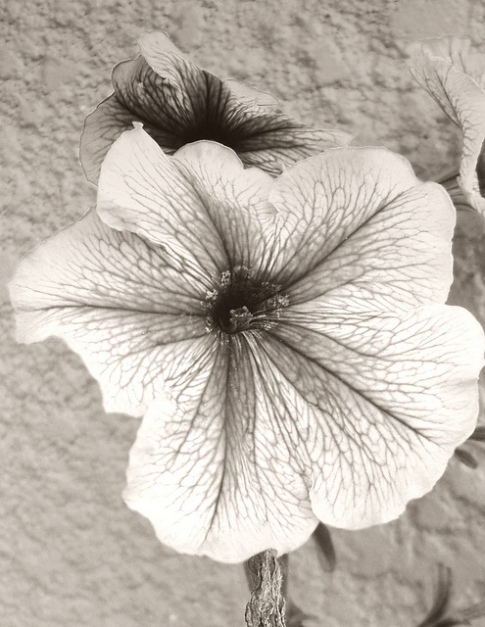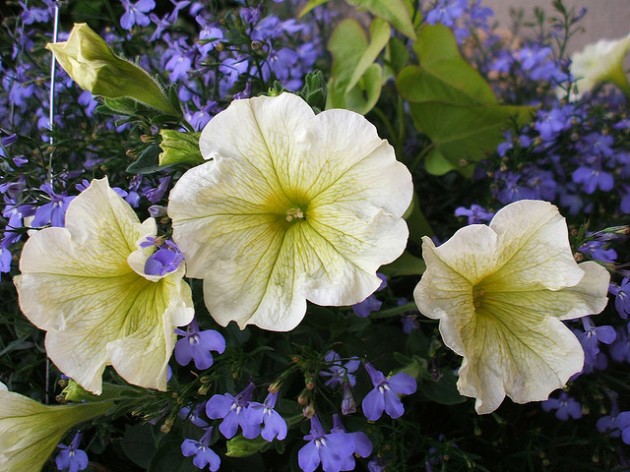Forget-me-not refers to the plants of the genus Myosotis. This genus comes under the family Boraginaceae. There are roughly 50 species within this genus. There exists variation within the genus. However, one similarity that can be noticed is that most of the members of this species have flat blue flowers with five petals growing thickly on stems. They grow in a slightly disorderly fashion.
A legend about the origin of the name forget-me-not is as follows. Once a medieval knight and his lady-love were walking beside a river. The knight held a bouquet in his hands. Because of the weight of the armor, he fell into the water. According to the legend, he threw the bouquet at her shouting forget-me-not. There is a Christian religious legend according to which the child Jesus Christ created forget-me-nots so that the generations to come would be able to see him and his mother Mary, on whose lap he was sitting.
Scientific Classification
- Kingdom
- Plantae
- Division
- Magnoliophyta
- Class
- Magnoliopsida
- Order
- not currently assigned (incertae sedis)
- Family
- Boraginaceae
- Genus
- Myosotis
Facts about forget-me-not
- Forget-me-nots flower in spring.
- A large number of species that come under the forget-me-not category are native to New Zealand.
- A few European Species were introduced in the temperate regions of America, Asia, and Europe.
- Forget-me-not is the state flower of the American state of Alaska.
- Forget me not plants can be annual, in the sense that their life last for one year or it can be perennial, in the sense that their life – namely, germination, flowering, and death take more than two years.
How to Grow Forget-Me-Not
- Plant the seeds in early spring. The ground should be made ready for the forget me not seeds to be planted.
- The preparation should be done by mixing the soil with decomposed organic material (compost) because the plants grow best in such soil.
- While planting seedlings, you do not have to be particularly careful about maintaining some distance between them because forget me nots grow well even if there is a crowd.
- Trim the blooms that are wasted away in order to guard against reseeding.
- When plants begin to wear away in late summer, remove them.








![20170123050651-f09370cbed.[gif-2-mp4.com] 20170123050651-f09370cbed.[gif-2-mp4.com]](https://live.staticflickr.com/428/32472212275_9af8805d25_m.jpg)


